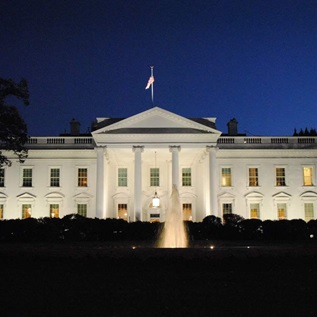More Americans Turning to Costly Hospital Care For Preventable Dental Problems
Drain on State Budgets Could be Lessened by Improving Access to Routine Dental Care
Already stressed state budgets are shouldering an extra burden to cover expensive emergency room (ER) treatment for toothaches and other avoidable dental ailments, according to a new report by the Pew Center on the States. A Costly Dental Destination estimates that preventable dental conditions were the primary reason for 830,590 ER visits by Americans in 2009—a 16 percent increase from 2006. Pew concludes that states can reduce hospital visits, strengthen oral health and reduce their costs by making modest investments to improve access to preventive care.
Dental-related hospital visits are fueled by the difficulty that disadvantaged people have getting regular preventive care from dentists and other types of providers. In 2009, 56 percent of Medicaid-enrolled children did not receive dental care—not even a routine exam. The access problem is driven by multiple factors, including a shortage of dentists in many areas of the U.S. and the fact that many dentists do not accept Medicaid-enrolled children.
The cost of ER care can be substantial. For example, in Florida, dental-related, emergency hospital visits produced charges exceeding $88 million in 2010. States are saddled with some of these expenses through Medicaid and other public programs.
"The fact that so many Americans go to hospitals for dental care shows the delivery system is failing," said Shelly Gehshan, director of the Pew Children's Dental Campaign. “The care provided in an ER is much more expensive, and it generally doesn't solve dental problems. Most hospital ERs are not staffed with dentists, and the medical personnel who work there are not trained to treat the underlying problems of patients with untreated dental issues."
Although statistics are not available from all states, Pew's report shares hospital data from 24 showing the frequency and cost of dental-related ER visits, including:
- California: More than 83,000 emergency visits in 2007 for preventable dental problems
- North Carolina: More than 69,000 trips to ERs in 2009 due to teeth or jaw disorders
- Illinois: Nearly 77,000 dental visits to metro Chicago's hospitals from 2008 to 2011
- Florida: More than 115,000 dental-related ER cases in 2010
- New York: A 32 percent increase in emergency treatments for young children with preventable dental problems
- Maine: Dental problems were the top reason Medicaid enrollees and uninsured young people visited hospital ERs in 2006
- Oregon: A 31 percent hike over three years of dental ER cases among Medicaid enrollees.
Pew's report identifies research-based, cost-effective policies states can enact that improve access to preventive dental care and saves taxpayer dollars:
- Invest in dental sealants, expand water fluoridation, and provide incentives for pediatricians to offer basic dental services
- Address the nation's dentist shortage by licensing new types of practitioners who work under a dentist's supervision and reach more children who aren't getting care
- Encourage more dentists to participate in Medicaid by keeping reimbursement rates high enough to cover the actual cost of care.
"The bad news is that states are paying a hefty price at a time when they can least afford it," Gehshan said. "The good news is they can make modest investments now that will improve access to care and
save them money down the road."
The Pew Center on the States is a division of The Pew Charitable Trusts that identifies and advances effective solutions to critical issues facing states. Pew is a nonprofit organization that applies a rigorous, analytical approach to improve public policy, inform the public and stimulate civic life.www.pewstates.org











